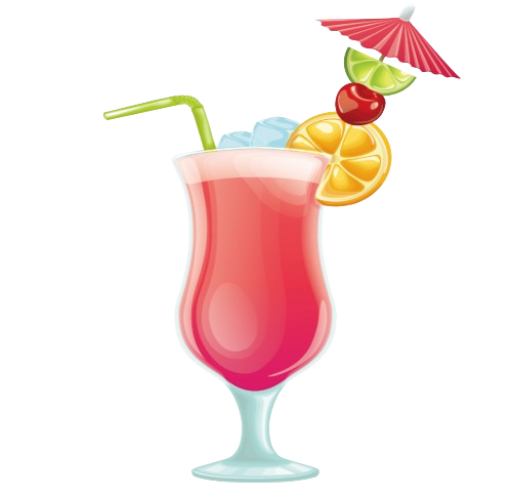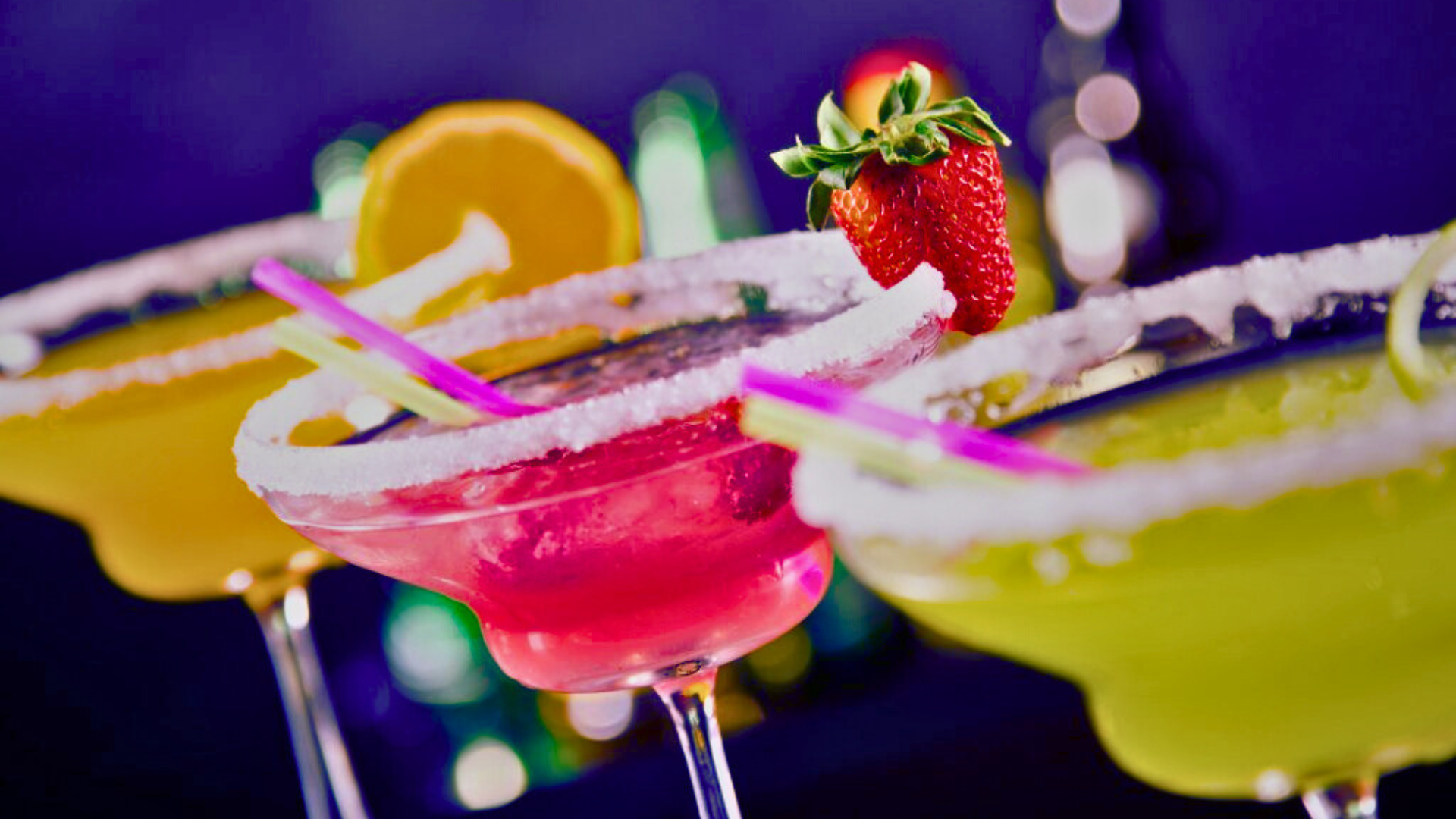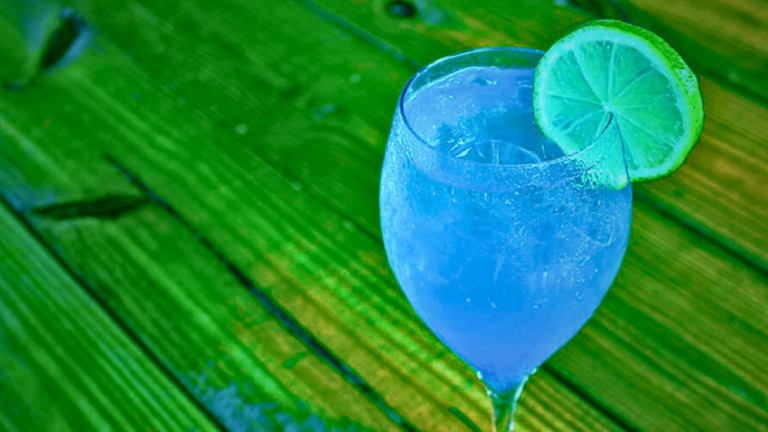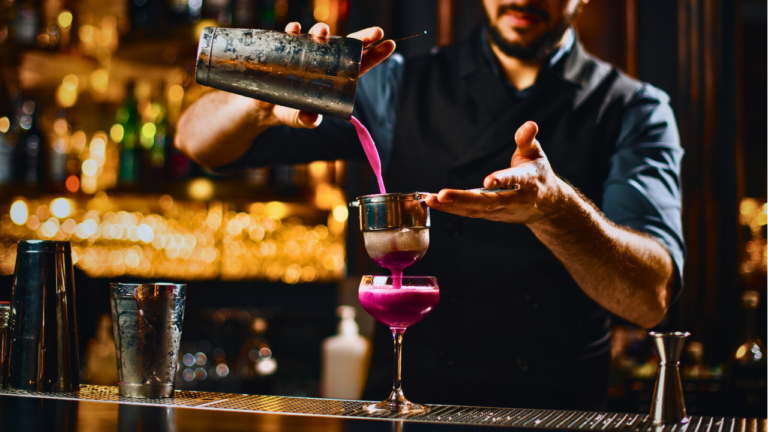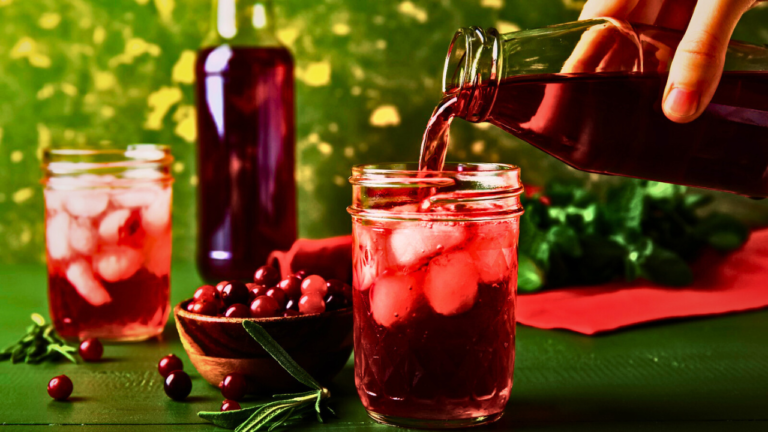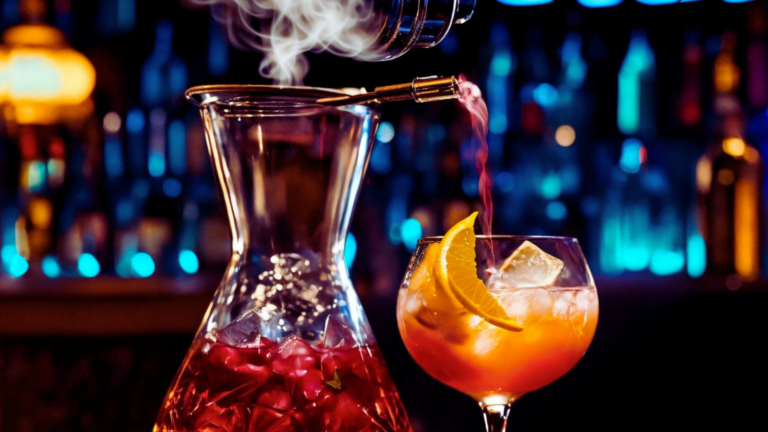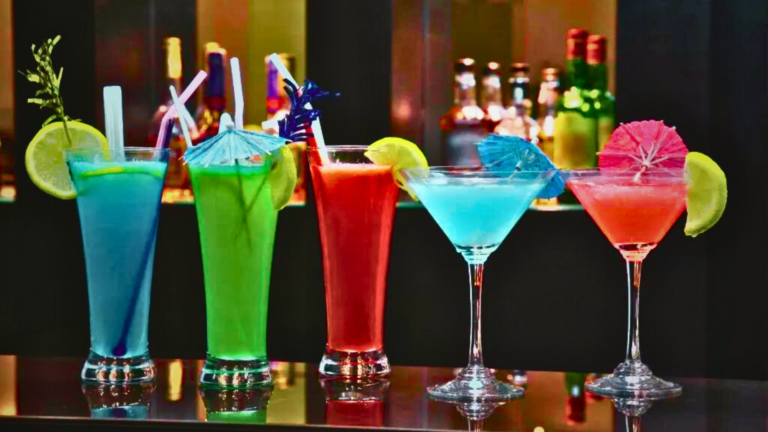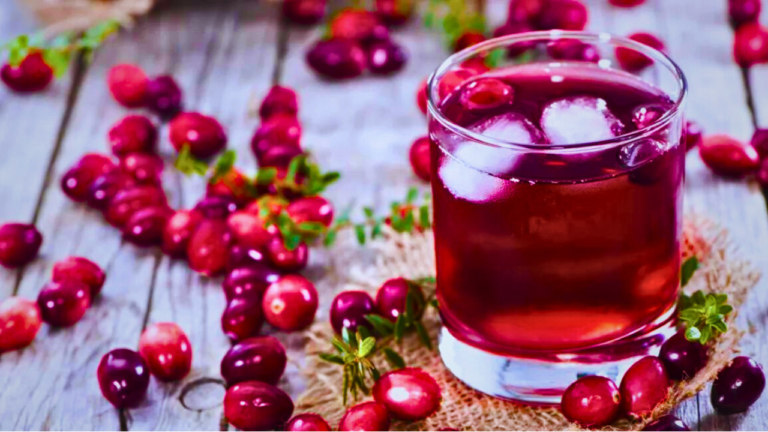What Is The Formula For Cocktail Mix?
Have you ever wondered what kind of magic was involved in making a flawlessly mixed cocktail after seeing one? The formula contains the secret. Making cocktails is actually a combination of science and art. And, dare I say it, there’s an easy formula you can use to create the perfect mixed drink at home. Proficient mixologists and bartenders adhere to a fundamental principle called the “2:1:1” cocktail formula. This manual aims to shed light on this industry standard for mixing the ideal cocktail mixture.
The Cocktail Formula: 2:1:1
Two parts liquor (base spirit), one part sweetener (such as sugar syrup or fruit juices), and one part sour or bitterer (usually lemon or lime juice) make up the “2:1:1” cocktail mix. A well-made cocktail has a harmonic balance of sweetness, acidity, and spirit, all of which are provided by this general guideline .
The ‘2’ in this formula always refers to your base spirit. This might be anything from whiskey to vodka to gin to rum. It forms the backbone of your cocktail, providing the dominant flavor and alcoholic content.
- Simple syrup, agave syrup, flavored liquor, or even sweet fruit juice could be the “1” component. It helps to veil the spirit’s ugliness.
Part ‘1’ of the sourness could be a bittering ingredient (such as Campari) or citrus (lime, lemon). Its goal is to give the sweet component more depth and contrast.
Keep in mind that there are exceptions to the 2:1:1 ratio and that it is not a universal rule. Depending on the drink recipe and personal taste, the amounts may vary slightly. However, you will always return to this fundamental recipe as you delve deeper into the wide world of cocktail creation because it forms the basis of a skillfully made drink.
Read also: What Are The 5 Methods Of Making A Cocktail?
What constitutes a cocktail’s fundamental ingredients?
In essence, most cocktails consist of four primary components: the mixer, the flavoring, the modifying agent, and the base liquor. The primary component is the base spirit, which is usually a distilled alcoholic beverage such as whiskey, gin, vodka, or rum. This is what gives the drink its base, giving it the strongest flavor and most alcohol content.
The modifying agents follow. These are components that enhance the basic spirit by adding complexity and nuance, like vermouth in a martini or triple sec in a margarita. Although not always as potent as the underlying spirit, they are usually alcoholic.
| Component | Description |
| Base Spirit | This is the principal ingredient that gives the cocktail its main flavor. Common spirits include vodka, gin, rum, whiskey, tequila, and brandy. |
| Mixer | This is often a non-alcoholic beverage that complements or enhances the flavor of the base spirit. Common mixers include fruit juices, soda, tonic water, or even coffee. |
| Sweetener | This adds a bit of sweetness to cut through the harshness of the alcohol. Sweeteners can vary from simple syrup and honey to agave nectar or cane sugar. |
| Bitters | These are alcohol-based flavor extracts that add complexity to the flavor profile of the drink. They are used in small amounts, but they can significantly alter the flavor of a cocktail. |
| Garnish | These are typically fruits, herbs, or spices that add visual appeal and can subtly influence the taste and aroma of the cocktail. |
The flavorings are the last group. These can include fruits, spices, herbs, or even bitters, which add the last touch to your cocktail. These provide extra nuances and help your cocktail stand out, from the sweet tart of a lemon drop martini to the hot spike of a jalapeño margarita.
These four components are essential to making the ideal cocktail mix, even though the precise amounts may differ from one drink to the next. Thus, the next time you feel like having a cocktail, keep in mind to balance each of these ingredients to create a drink that is both pleasantly complicated and palatable.
How does the ratio of ingredients impact the flavor of a cocktail?
Excellent query! Cocktail ingredient proportions are similar to the structural components of a skyscraper; if the balance is off, everything falls apart. A well-crafted cocktail is a symphony of flavors, with each component—the sweetener, the dilution, the enhancing flavors, or the liquor base—playing a distinct role.
Getting the correct balance is the key. Your cocktail’s flavor, texture, and scent can all be significantly altered by making even a tiny alteration to one ingredient. Thus, maintaining consistency is essential.
- In most classic cocktails, 40–60% of the total cocktail mix is made up of the base alcohol. You can use vodka, gin, whisky, rum, or any other spirit you like as this base.
- It is generally advised to use sweetening ingredients in cocktails within the range of 10–25%. These could be honey, maple syrup, agave nectar, or simple syrups.
- Diluters, which typically consist of water, ice, or juice, make up the remaining 20 to 30 percent of the combination. They also aid in adjusting the cocktail’s potency.
- The highlighter or accent flavor, usually found in the 1-2% range, is a must in any cocktail. This might be a cocktail cherry, a touch of citrus, fresh herbs, or a splash of bitters.
- Using high-quality, fresh ingredients is a crucial component in cocktail mixing. For instance, the flavor of the cocktail might drastically change if fresh lime juice is used instead of bottled.
- Drinks like Long Island Iced Tea, which include many base spirits, call for careful attention to the proper balance of each spirit. If not, the balance of flavors could be upset when one spirit takes control.
What are some typical errors made when preparing cocktails?

Even though everyone can mix a cocktail, creating a really delicious drink requires skill, and when you’re just starting out, it’s easy to make mistakes. These are some typical traps that you may run into as you start to explore your inner mixologist.
Alcohol Balance Misjudgment
Overindulging in spirits can lead to an overly potent drink. It comes down to sophistication and elegance, in addition to taste. Alcohol in excess can overpower other tastes in your cocktail and take away from its unique flavor. Recall that creating a balanced cocktail involves more than just creating a potent concoction.
Using Poor-Quality Substances
The final outcome of the cocktail is greatly influenced by the quality of the ingredients utilized. Poor-quality components can affect both the appearance and the flavor. A drink made with premium, fresh ingredients will always taste better.
Disregarding Proper Glassware
Another element that is frequently disregarded is the glassware that is used to serve drinks. Not only does using the right glass improve appearance, but it can also affect how your cocktail tastes and smells.
Cutting Corners on the Ice
Many drinks require ice, which enhances their flavor and visual attractiveness. A lukewarm or diluted cocktail can result from using too little ice or ice that is of poor quality.
Ignoring the Garnishes
Not only can garnishing enhance the appearance of your cocktails, but it also enhances their flavor and fragrance. If you ignore this, you may be missing out on a significant portion of the drink’s appeal and pleasure.
Making outstanding drinks starts with realizing these typical blunders. You can mix drinks like a seasoned pro with a little practice and attention to detail!
Read also: What Orange Juice Is Best for Cocktails?
What effect does the order of addition have on the finished mixture?
First, a fundamental rule. Add your mixers and non-alcoholic components first, always. Consider syrups, bitters, juices, and more. This serves two purposes. First off, you won’t waste your more expensive liquor if you spill or mismeasure. Second, it establishes a taste base that the alcohol may infuse into the mixture to produce a well-balanced beverage.
- The way components are added to a cocktail can have a big effect on how effectively the flavors meld together to create a well-balanced, harmonious mixture. Time is everything. To achieve their maximum potential, some components require additional time to combine.
- Generally, you want to fill your glass or shaker first with the least expensive ingredients (juices, sodas, etc.). In this manner, you will waste less of your more expensive components, such as fine spirits, in the event of a mistake.
- Usually, you’ll add your syrups or sweeteners after this. These must be added as soon as possible because they require time to dissolve completely and disperse equally throughout the cocktail.
- Then there’s your primary spirit. This is the foundation of your cocktail and is usually added last to enable proper mixing of the more diluted ingredients.
- Next, add fragrant herbs and fruit garnishes, if using. These might need to be “muddled” or very lightly crushed in some cocktail recipes before being added in order to release the flavors and essential oils.
- Not to be overlooked, the ice is added last to prevent overdilution. In addition to keeping your drink cold, ice also aids in blending the flavors of your ingredients into a pleasing whole.
Which supplies are necessary for creating cocktails?

You will undoubtedly have access to an incredible variety of flavor-bursting, mind-blowing cocktails once you’ve mastered mixology. But without the proper equipment, how can you really up your cocktail game? Let’s get started with the necessary cocktail mixing equipment that every home bar needs to have!
Shaky
The shaker, also referred to as the “signature tool” of mixologists and cocktail enthusiasts, is essential for flawlessly combining your ingredients. Cobbler shakers, Boston shakers, and French shakers are the three main varieties of cocktail shakers. The most widely used of them is the Boston shaker, which consists of two cups—one glass and one tin—plus a strainer.
The Bartender’s Spoon
The bartender’s spoon is longer than the typical kitchen spoon, so you can stir your drinks without worrying about spills. Its small size makes it useful for stacking cocktails as well.
Deterrent
The strainer is your hero when it comes to serving up your cocktails without any unpleasant fruit pulps or ice shards. For this, the Hawthorne Strainer with its coils is very excellent!
Measurement Instrument
When creating cocktails, consistency is a crucial quality. That’s when a jigger is useful. By assisting you in measuring the appropriate amount of liquor and other ingredients, this measurement tool guarantees that every time you recreate a cocktail, the delicious flavor will remain consistent.
Muddler
The muddler is your best bet if you want to unleash those aromatic oils from your preferred herbs or fruit garnish. It all comes down to using strong tastes to elevate your cocktail to a new level.
Not to be overlooked are the mixing glass for stirred drinks and the citrus press, which can meet all of your demands for on-demand juicing. With the correct instruments, your skills will undoubtedly increase!
Read also: Why Is Club Soda Used In Cocktails?
In Summary
To sum up, the secret to creating the ideal cocktail is knowledge, accuracy, and a little imagination. Combining materials is not the only step in creating a good combination. It entails a deliberate and well-balanced blending of several ingredients, each of which is essential to determining the final flavor and experience.
A cocktail’s proportions can make or destroy it. Achieving the ideal ratios for the base, modifier, mixer, and garnish guarantees that every taste is distinct but complements the others. Poor ingredient quality or simple errors, like using the wrong kind of glassware or not using enough ice, can significantly affect the flavor and appearance of your cocktail.
Another important factor is the order in which you add your items. Never forget that the softer flavors are consumed first! This keeps the stronger ones from overwhelming them and helps them infuse with the alcohol more effectively.
Having the appropriate tools on hand, such as a muddler, measuring tool, strainer, bartender’s spoon, and shaker, allows you to handle each component precisely and carefully.
Thus, feel free to play around with recipes, appreciate your ingredients, taste a lot, and take pleasure in the craft of crafting cocktails. After all, the journey itself is half the joy! Cheers to crafting delicious, mouthwatering concoctions that make an impression! Salutations!
FAQs
When mixing cocktails, is a shaker necessary?
Yes, but it will take more effort to fully mix and chill your beverage. Tiny air bubbles are another thing that shaking adds to the mixture, giving it a unique feel. Consider purchasing a shaker if you don’t already own one.
What is the ideal amount of alcohol in a cocktail?
Depending on the recipe, a cocktail usually has one to three ounces of alcohol. Not very powerful is the aim; rather, it’s about striking a balance between the different elements.
What distinguishes shaking from stirring?
Gently stirring preserves the quality of the cocktail and combines it better, especially for concoctions made with clear spirits. Shaking is applied to recipes that call for thicker or hazy ingredients, such as egg whites, cream, or juice.
Does ice quality matter?
It is, indeed! Ice has a big impact on how a cocktail looks, tastes, and cools down. Cheap ice melts more quickly and taints your drink. Therefore, using high-quality ice pays well.
Can I make a drink with different main ingredients?
Yes, but remember that doing so will change the flavor profile. If substitutes are necessary, make an effort to select comparable ingredients. For example, an Old Fashioned cocktail made with rye instead of bourbon won’t taste the same.
Does glassware really matter all that much?
It is, in fact. Glassware comes in a variety of sizes and forms that are intended to accentuate the flavors of specific beverages. For instance, the shape of a martini glass serves to present the garnish nicely and keep the drink chilled.
How long should a drink be shaken?
Shake the shaker until the outside turns icy, which should take around ten to twenty seconds. Shaking the drink too much can dilute it excessively.
Why do drinks use garnishes?
It’s not only about adornment with garnishes. They can enhance a cocktail with nuanced layers of flavor, scents, and visual appeal. Thus, don’t be afraid to use them!
How do homemade and pre-made cocktail mixes compare?
Nothing compares to a freshly mixed cocktail. Although they can be more convenient, ready-made cocktails aren’t as delicate and fresh as handcrafted ones.
Can I make the cocktails ahead of time?
It is possible to prepare some cocktails ahead of time, especially when hosting a large gathering. But keep in mind that the greatest cocktails frequently have a new ingredient list.
What is the basic cocktail formula?
The formula for a cocktail mix often involves a balance of alcohol, flavor, and sweet and sour ingredients. It serves as the starting point for creating your own cocktails at home or in a bar.
What is the perfect formula for making cocktails?
The perfect formula for making cocktails typically follows the golden ratio, which includes the right proportions of spirit, sweet, and sour elements. This ensures a well-balanced and delicious drink.
How can I make a classic cocktail mix?
To make a classic cocktail mix, you can consider using classic cocktail recipes as a guide. These recipes often include common ingredients like gin, rum, whiskey, triple sec, lime juice, and simple syrup in specific ratios.
What are some bartender’s secrets for cocktail making?
Some bartender’s secret tips for mixing cocktails include using fresh lemon or lime juice, proper shaking techniques, and understanding the balance between sweet and sour components. These tips can elevate your drink-making skills.
How do you make a daiquiri cocktail mix?
To make a daiquiri cocktail mix, you typically need rum, lime juice, and simple syrup. The formula commonly used is 2 parts rum, 1 part simple syrup, and 1 part fresh lime juice.

Hello, friends! I’m Tom Elba, the driving force behind cocktailscape.com, your virtual hub for all things cocktails. If you have a passion for mixology or simply enjoy sipping on a well-crafted drink, then you’ve landed in the right place.
At Cocktailscape, I’m dedicated to sharing my love for the art of cocktail-making through tantalizing recipes, expert tips, and vibrant stories from the world of mixology. Whether you’re a seasoned bartender or an enthusiastic home cocktail enthusiast, there’s something here for everyone.
From classic concoctions like the Old Fashioned and the Martini to innovative twists and modern creations, I’m here to inspire you to shake, stir, and sip your way through a world of flavor.
But Cocktailscape is more than just recipes—it’s a celebration of culture, creativity, and community. I delve into the history behind iconic cocktails, explore emerging trends in the industry, and spotlight talented bartenders from around the globe.
So whether you’re looking to expand your cocktail repertoire, host the perfect soirée, or simply unwind with a refreshing drink after a long day, Cocktailscape has got you covered. Cheers to endless possibilities and unforgettable sips—let’s raise a glass together at cocktailscape.com!
